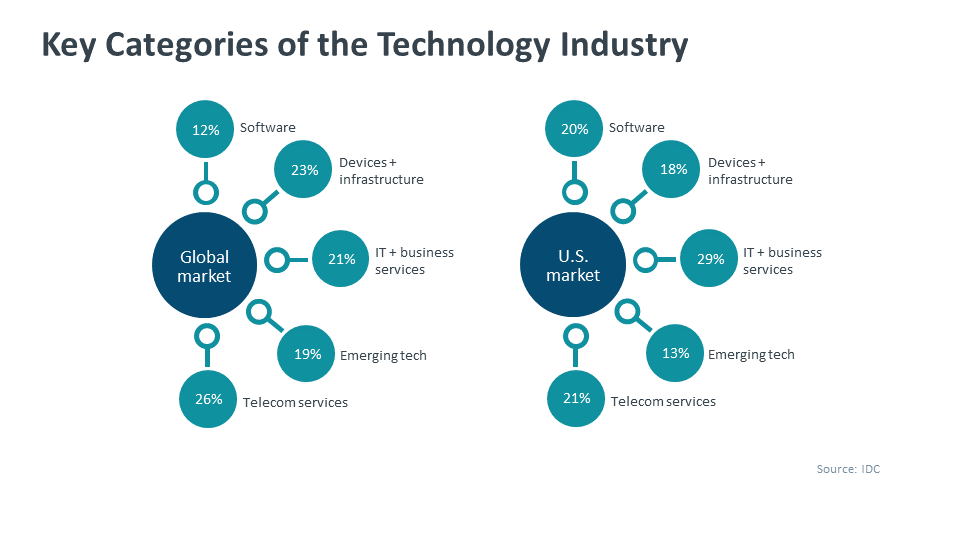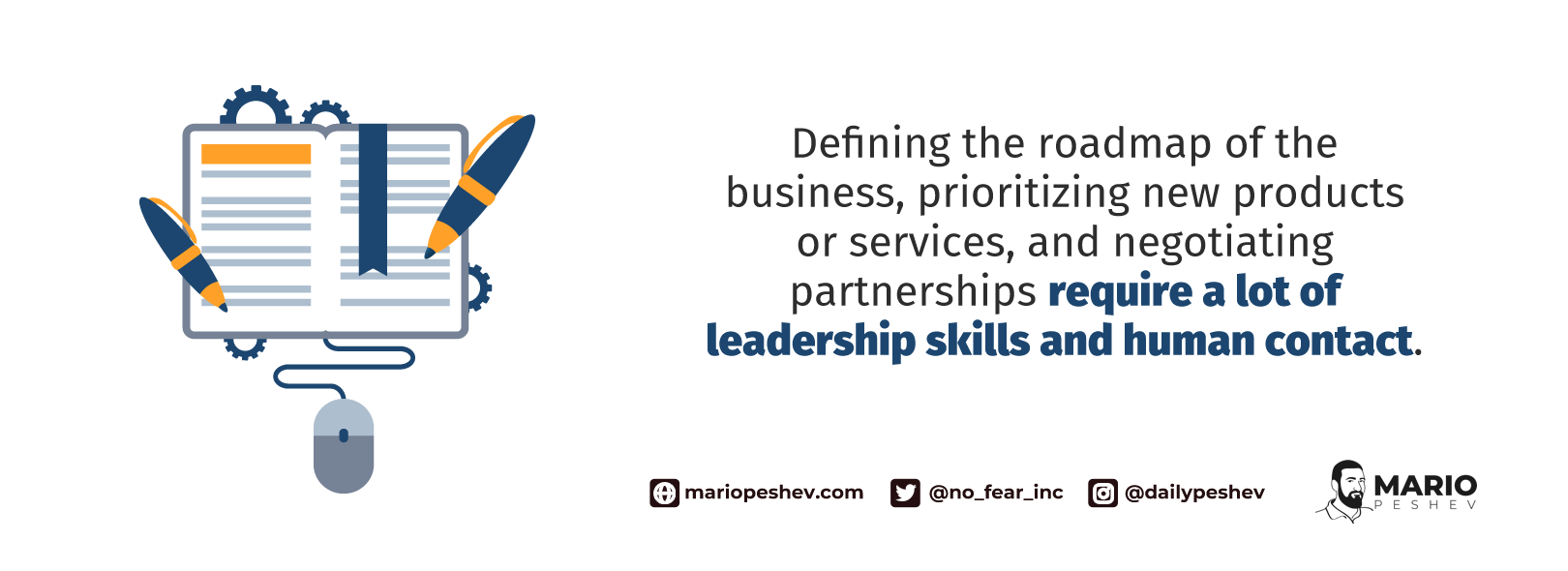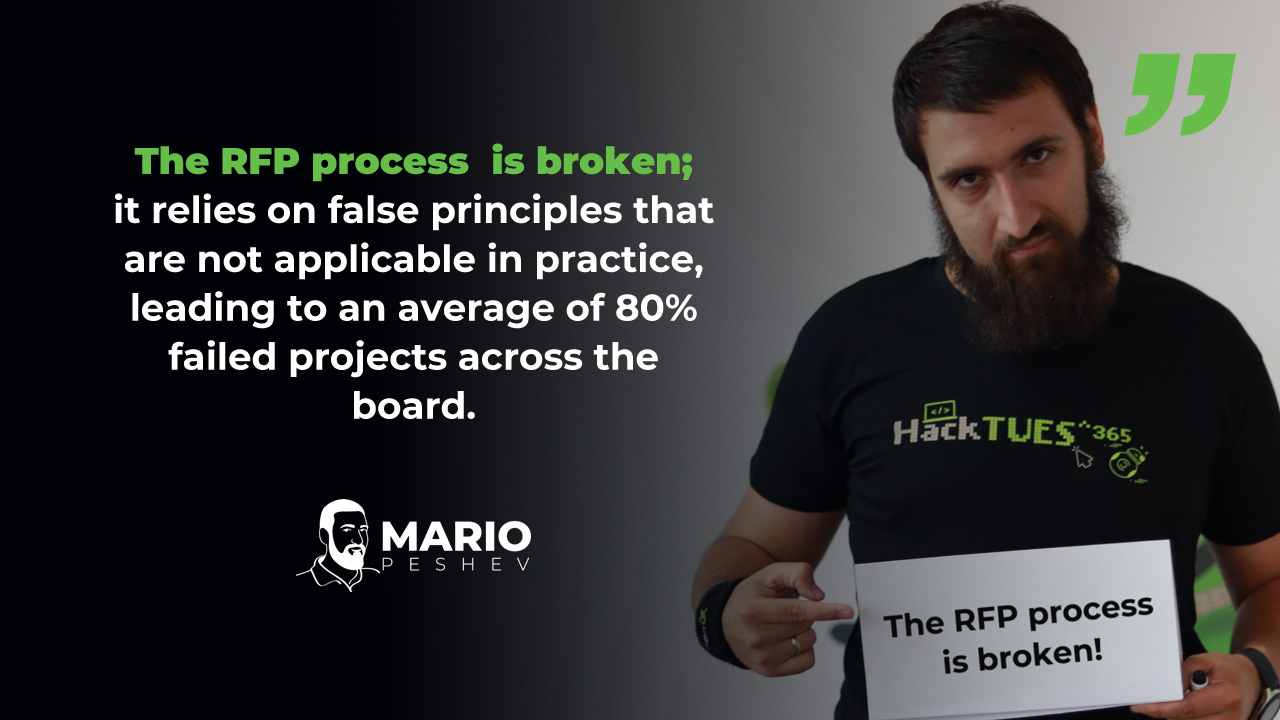A couple of years ago, I gathered the 38 top business challenges across all industries. They fall within several main segments:
- Strategy
- Marketing
- Recruitment
- Management
- Sales
- Technology
- Legal
While tech is self-explanatory (and notably solved with technology itself), software and hardware solutions can contribute to easier organization in the long run.
Traditional methods for organization often rely on manual processes, paper trails, and human memory, leading to errors and inefficiencies. Technology solves this by:
- Automation: Repetitive tasks become automatic, freeing up employee time. Think scheduling, emails, reports.
- Data Management: Software excels at organizing data, providing easy access anytime, anywhere. No more lost files or outdated spreadsheets.
- Collaboration Boost: Cloud tools and project platforms enable seamless collaboration across teams, improving workflow efficiency.
- Data-Driven Decisions: Analytics provide insights for optimizing processes and improving overall organization.
Technology acts as the key to achieving scalable, lasting organization.
Here’s how the global market and the U.S. market look in relation to the tech industry.

Based on CompTIA’s IT Industry Outlook 2024, fifty percent (47%) of tech growth worldwide is fueled by emerging technologies such as IoT software and hardware, SaaS+PaaS, AR/VR, robotics, AI, big data, and next-gen security. Accordingly, the factors that drive tech growth are the following:
- Need to reach new customers (46%)
- Pick up in business from the existing base (41%)
- Sell new business lines (38%)
- Improve sales/marketing efforts (35%)
- Improvement of internal operations (33%)
- Positive government action (22%)
Along with the overall growth of tech is the need for more sophisticated software solutions and information technology advancements. This doesn’t come as a surprise considering the great deal of digitalization that has taken place, especially over the past year.
How Do Companies Encounter Problems?

Growing businesses hit different blockers throughout the growth cycle.
At first, starting businesses—often launching as freelancers or consultants growing a small agency or a startup built outside of business hours—have to grind day in and day out to scale recurring operations and plan for continuous growth over time.
Generating new leads or converting sales to recurring revenue usually sits on top of the problem chart for the majority of starting businesses.
According to CB Insights, issues with cash flow remain the second biggest reason why startups fail. Until repeatable channels are solidified, generating new business and filling up the bank account prevents the company from launching new initiatives, hiring new team members, or optimizing internal processes in-house.
However, every large business we know has solved this problem through persistence, long-term contracts, strategic partnerships, marketing, and sales channels, finding the right business model in demand, and growing a notable brand.
This is where different recruitment and management problems kick in and where strategy becomes ever so important. Scaling revenue through different channels (often including international sales) results in additional considerations in tooling, payment gateways, managing HR with remote hires, and legal contracts offshore.
Here is where technology finds its way to optimize existing processes and apply best practices for hundreds of millions of businesses on Earth.
Strategy
Defining the roadmap of the business, prioritizing new products or services, and negotiating partnerships require a lot of leadership skills and human contact. That being said, this isn’t entirely driven by masterminds in a corner office but relies on technical solutions as well.
Research is one of the leading activities required for adequate decision-making. Tools like SEMrush will be instrumental in organic competitor research. SimilarWeb or BuiltWith can gather additional insights or uncover a list of prospects. Crunchbase can source prospects or see where investments will most likely come from.
Maintaining strategy on a lower level uses the traditional tooling that most companies operate with—from emails, Google Docs, project management systems, etc.
Strategy includes accounting (for the most part) which makes accounting applications inevitable—from invoice generation tools through anything handling payroll and taxes—it’s a whole universe on its own.
All in all, coordinating the long-term mission and vision for your company, along with quarterly goals or annual quota, is contingent on defining some KPIs across every single department (and directors in charge of different initiatives).
Through the utilization of powerful dashboards and data-driven solutions for business intelligence, business process management, and niche applications for every department, senior management is capable of making objective decisions and projections that keep the business afloat.

Marketing
The marketing world is crowded with anything from heat mapping tools like CrazyEgg or HotJar through different analytics dashboards and marketing automation solutions to lead nurturing apps.
Lots of marketing campaigns can be simplified and automated with scheduling tools like Buffer, email marketing software like MailChimp or Aweber, content calendars, and CMS platforms like WordPress for content production.
When considering the technical suite for your organization, you have to consider the main initiatives the business requires at the moment. In other words, determine which marketing strategies matter the most to you.
Possible answers that agency and business owners lead with are:
- SEO
- Social media
- PPC
- Email marketing
- TV/radio commercials
- Podcasting
- PR
- Video marketing
- Influencer marketing
- Affiliate marketing
Understanding the channels that deliver value at the time will help you sift through the day-to-day processes and evaluate the initiatives that can be automated or supported with additional data. What works for an SEO team won’t be effective for a known brand in maximizing the value of influencer marketing.
Moreover, consider the current setup of your organization. Are you:
- Just launching a marketing team?
- Working with an external marketing agency?
- Employing an assistant or a coordinator barely managing known initiatives through manual labor?
- Managing an effective marketing department in-house?
These considerations will determine the need to use the existing toolkit, pairing up with a digital consultant who leads the way or a performance marketer facilitating the daily management through a powerful industry toolkit that frees up time and gets the job done.

Recruitment
The recruitment portion entails everything from the job posting through screening to hiring and onboarding.
Applicant tracking systems and mass submission tools take care of the first bit. Larger companies and recruitment firms often crawl large bulks of CVs that try to prioritize applicants based on keywords, particular universities, and other factors.
Hiring within large companies requires HR software, where onboarding is often included too. One very good example of companies that are leveraging advanced technology is McDonald’s use of the social media platform Snapchat. In Canada, McDonald’s launched “‘Snapplications‘, which is a one-day virtual hiring event” wherein job seekers could directly apply for jobs at McDonald’s via the Snapchat app.
Tracking sick leaves, vacations, bonuses, feedback reviews – lots of things you don’t want to forget and have to implement at scale.
Once again, starting simple will get the job done for a small team. Hiring a new team member for a new department won’t leverage the existing toolkit too much. That said, hiring several people at the time will be significantly easier when your department manager has broken down the onboarding process, new assignments are ready to go through templates, and your project management system can alert you in case of delays or other caveats.
Large businesses automate onboarding processes as well. Consider sample assignments for content writing or development. You may very well solve the problem ahead of time by proofreading or fact-checking automated, or running automated tests against the sample code deployed by your developer (and some unit tests here and there).

Management
Management is a broader field that covers talent, projects, processes, products, broader initiatives, leadership, time management, and strategy implementation.
In addition to the C-suite, growing companies implement additional management tiers as “middle-level management” – from directors to senior managers to team leaders or supervisors.
To maximize efficiency and reduce the margin of error, teams operate with project or task management systems internally, providing enough insights to supervisors through a number of KPIs. Some of these KPIs are complex and require additional tooling, like business intelligence tools.
General communication occurs through standard mediums like email, Slack, and Zoom, even within an office environment. Large corporations can’t afford to communicate on-site and in real-time always, especially with thousands of people across multiple locations.

Sales
Sales departments team up with marketing for the best efficiency, which naturally leads to using tools that both departments can use to share data and insights.
Commonly used platforms are HubSpot, Salesforce, and Marketo. Integrating them within the existing platforms, sourcing data for incoming leads, qualifying leads, conducting CRM management inside (or with an external CRM system), tracking follow-ups, managing automated voice calls or voice recording for analysis by supervisors, automated chatbots prescreening prospects before calling – a large list in the arsenal of sales and marketing people.
Email lists are important, too—some in collaboration with other businesses and shared campaigns. Webinars used for sales pitches rely on Zoom or GoToMeeting to enable the process. Contract and proposal generation applications like Quote Roller are used to send proposals quickly.

Legal
Legal challenges have also made it to CBInsight’s top 20 reasons why startups fail.
Most legal challenges are indeed handled offline with legal teams. That said, with GDPR and CCPA and other legal shields in between, cookie notifiers and blockers have to be carefully integrated to avoid legal challenges. Proper tools handle adequate cookie tracking when installing a new library and updating the terms of service and privacy pages on the go.
Accessibility is a requirement for different businesses (especially the larger ones), which is a combination of existing tech plus proper ongoing development.
Different tools enabling eCommerce and membership customers to wipe or download data are required for full compliance. Other monitoring and reporting applications are frequently used – especially for large development teams ensuring that no intellectual property is affected by using random non-open source snippets or missing out on the proper headers required to use certain libraries.

Technology In Business
Replacing EOL hardware tops the list of reasons why businesses invest in new technologies, followed by refreshing cycles and reinforcing business growth.
This highlights the optimism of business decision-makers when it comes to tech.
All in all, technology is basically a hard requirement for every business out there.

Software engineering is not limited to traditional SaaS solutions or custom development for existing businesses. The application of machine learning and deep learning networks (as conceptual elements of AI) will predominantly become the standard over the coming years.
It’s already heavily incorporated in fields like finances – running prediction models for stock management, serving as the first level of approval for loans, or healthcare for analyzing symptoms and possible causes.
The vast volumes of information stored and processed by enterprise corporations also define the importance of Big Data across distributed cloud systems. Running complex analysis is integral to running business intelligence reports across thousands of KPIs and metrics tracked by software and hardware devices.
Speaking of hardware, new smart devices pop up every now and then. On one hand, we have smartphones and tablets that we know of, along with other gadgets such as smartwatches or smart glasses.
On the other, newer devices join the family of Internet of Things (IoT) – from smart speakers with integrated assistants through appliances like Density for counting and recognizing people heading in and out to RFID cards and other systems automating a lot of the existing manual labor we’re relying on now.
While this piece covers the bird’s-eye view, I’ve also covered the top 10 industries worldwide, particularly their process management needs.




